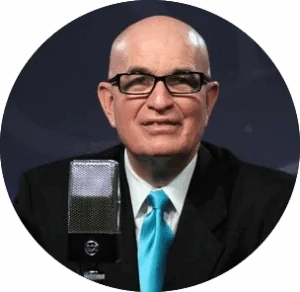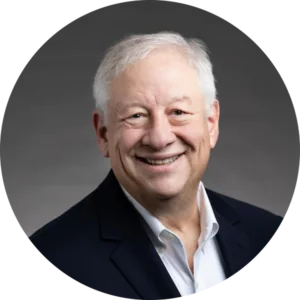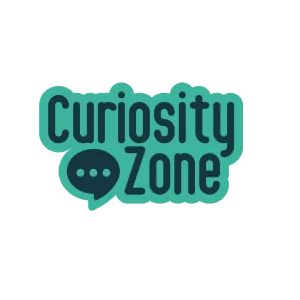
Introducing Life-O-Nomics!
Broadcaster Stan Hustad interviewed Steve Lear to learn about his bold initiative to teach young people essential life skills.
Steve, what sparked your interest in the life education movement?
Twenty years ago, I got involved with an organization called BestPrep. They were training people in the corporate world to go into high schools and work with students — not through a traditional curriculum — but through supplemental programs teachers could use to help their students acquire real-world skills.
How did BestPrep get started?
In 1973, Its founder, Bob Kaitz, was teaching economics at Breck School when he partnered with 3M on an innovative pilot project: creating a hands-on curriculum to help connect the classroom with the business world. By 1976, Bob established BestPrep as a Minnesota nonprofit dedicated to this work. Additional industry support from Ecolab, Cargill, and General Mills helped this new organization grow. Today, they continue to provide students in grades 4-12 with learning opportunities to improve their business, career, and financial literacy skills.
As an employer for the past 45 years, I understand the great need for this. It’s very frustrating to see young people

entering the workforce who are really smart, but not necessarily wise. Too many seem adrift in figuring out how to handle life beyond the classroom. That’s the goal of Life-O-Nomics – to teach our youth the foundational skills they need to be confident and contributing citizens.
Was there a person or event that became a catalyst for Life-O-Nomics?
Several years ago, I was introduced to Julie Bunn, who heads the Minnesota Council on Economic Education (MCEE). They are the state’s premier training provider for personal finance and economics teachers. My tipping point was working with them to help pass legislation requiring a personal finance class to graduate from high school. Minnesota became the 25th state to pass this legislation. Now I’m on the MCEE Board, and we’re trying to determine the best way to help them implement this new requirement.
As I explored the idea of a concept I call “Finomics” – the integration of personal finance and economics – I realized that maybe it’s time we expand our efforts and focus on a more holistic goal: educating our students to be good human beings.
How will Life-O-Nomics help address this issue?
The educational system that has existed for the last 40-50 years has been focused on producing people to work in the service industries. Yet far too many graduates are unprepared for real life beyond the classroom. We need to recalibrate our educational system by teaching our 15- to 25-year-olds the critical skills they need to become capable adults. Life-O-Nomics is focused on teaching emotional intelligence, civic literacy, financial competence, vocational and relationship clarity to help young people achieve the resilience required to manage life’s challenges successfully. Our society has lots of anxiety, just an amazing amount of stress. We don’t have realistic expectations because we don’t know how much is enough.
Why is it important to know how much is enough?
Every decision you make is touched by money. If you don’t have enough people making money, you don’t have generosity. As a financial planner, I now have a tool to help somebody figure out how much is enough. A company called Money Guide Pro created software that can predict the probability of successfully reaching your financial goals. Once you know that amount, you have an opportunity to determine how you will spend your time and money.
What are the next steps to launch Life-O-Nomics?
I’m working to build an alliance of existing organizations, all rowing in the same direction to move this initiative forward. We need educators to get excited about what they’re doing. We need the industry to get excited about helping educators. And we need the state to make this a priority by putting time and money into making it happen. Most importantly, we need educational administrators to realize Life-O-Nomics’s potential to make a critical difference in society.
The first step is convening all the stakeholders to get everyone on the same page. Collectively, we need to identify the goal, timeline, obstacles, and solutions. Most of all, to stay motivated, we need to visualize the result – what it will look and feel like when the goal is accomplished.
I think the University of Minnesota would be the ideal hub for this alliance, and I’m working with them to figure out whether this is doable.
Launching Life-O-Nomics is a great opportunity to work together toward a common goal we deeply believe in. If we can empower students to become confident, contributing, financially secure adults and inspire them to find joy in giving, the result will be a cultural shift toward generosity. Life-O-Nomics will provide a platform to help close the wealth gap and create thriving communities.
I invite everyone to join me in giving our young people the skills they need to create a successful future. There is no better investment we can make.
💡Get Involved:
If you would like to get involved in our Life-O-Nomics + Finomics initiatives, please fill out the form below.


